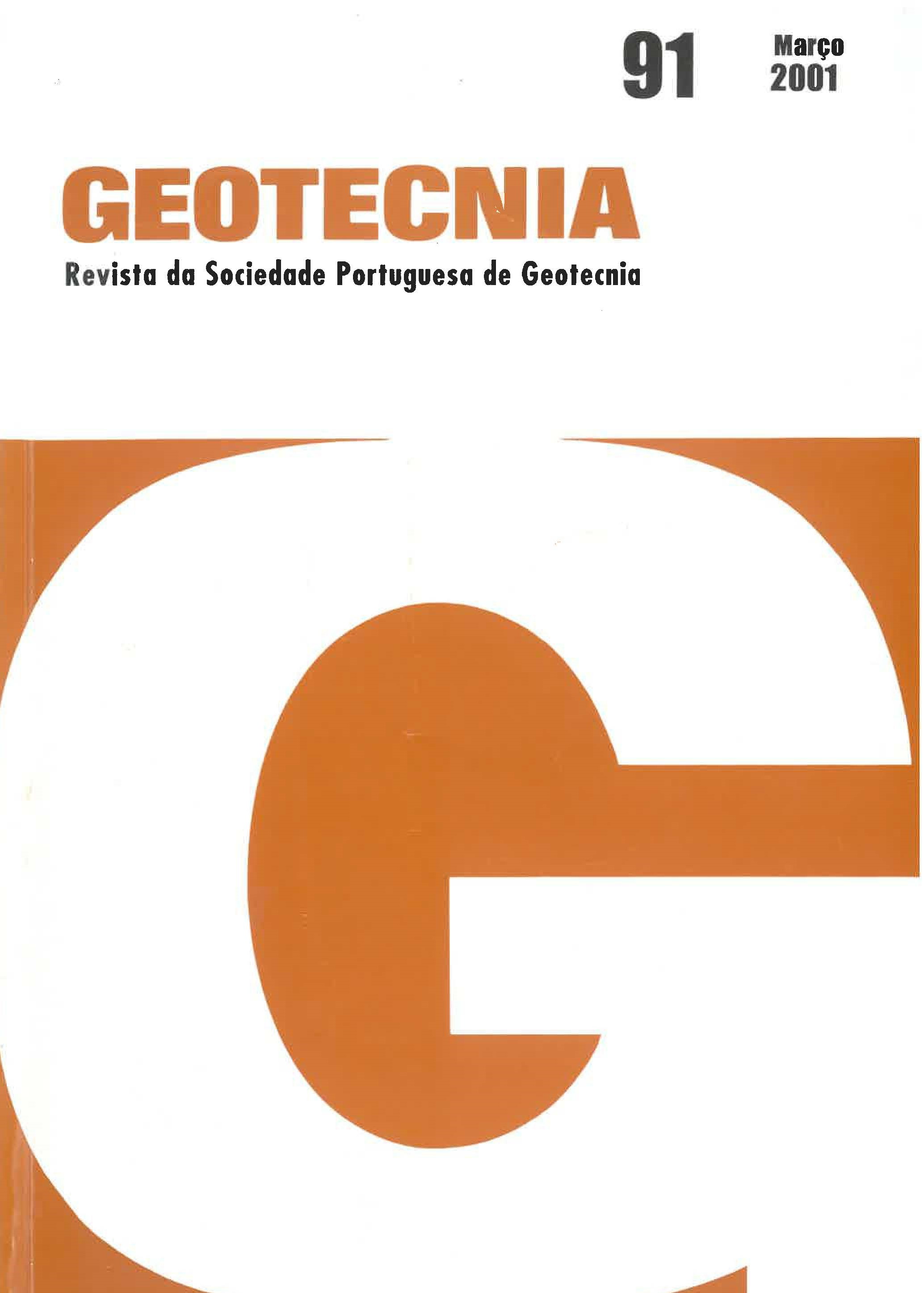Characterization of bottom ashes aiming its use in stabilized base courses
DOI:
https://doi.org/10.14195/2184-8394_91_6Abstract
The process of burning municipal solid waste, RSU, generates combustion gases, wastewater and residues, which are essentially constituted by bottom ashes. These ones represent approximately 30% of the municipal solid waste burned and resemble well-graded gravel. ln these circumstances, the study of solutions conceming the upgrading of bottom ashes are of the most technical, economical and social importance due, not only to the high cost of landfilling, but also to subsequent environmental problems. Aware of the importance of the subject, LIPOR and FEUP are developing an experimental research program on the viability of reusing municipal incinerator bottom ash as civil construction and public works materials. ln a first stage, a sample of bottom ashes was evaluated from mechanical and environmental viewpoints. Test results indicate bottom ashes could be used as a substitute of soils in granular sub-bases or embankment applications. The present paper corresponds to the second stage of this research, where the viability of reusing municipal solid waste bottom ash in road bases of secondary roads was studied. The study was developed with the same material used in the geotechnical and environmental characterization. The results presented and analysed in this paper show good perspectives concerning the viability of using municipal solid waste bottom ash in road bases.




